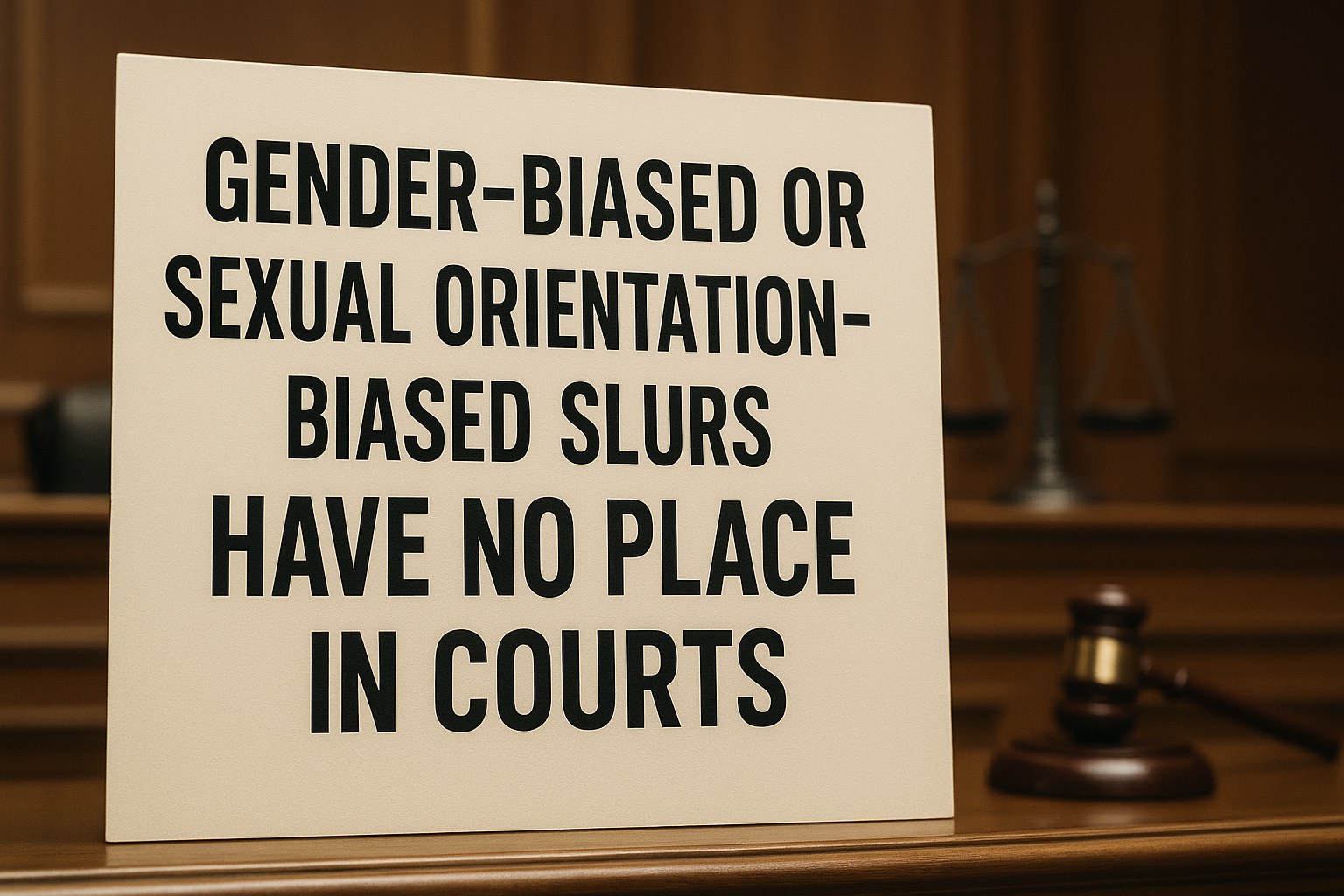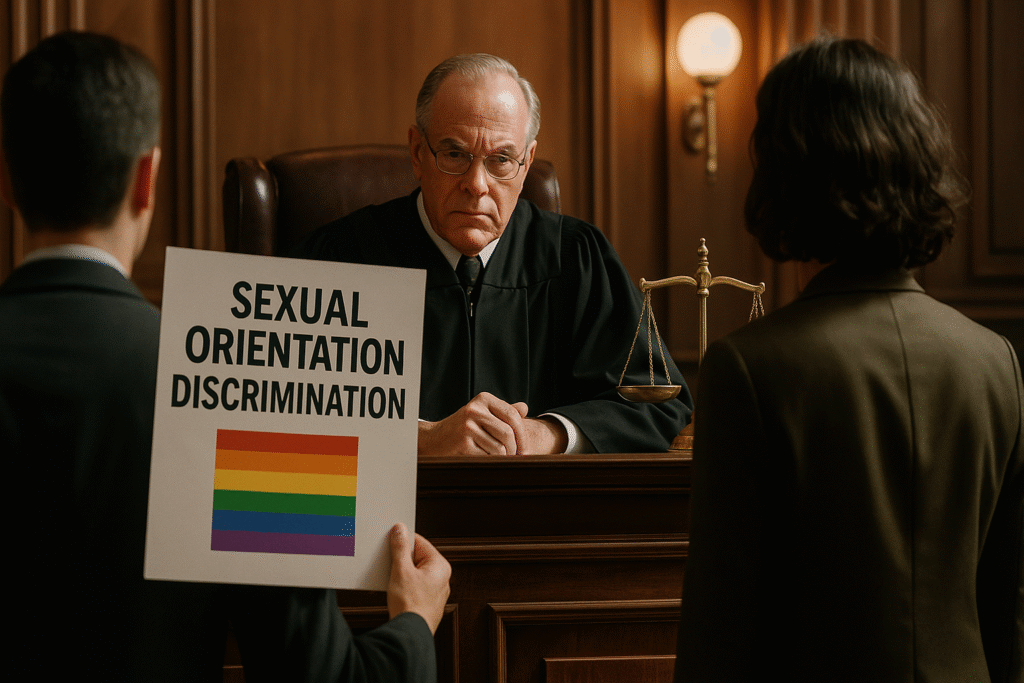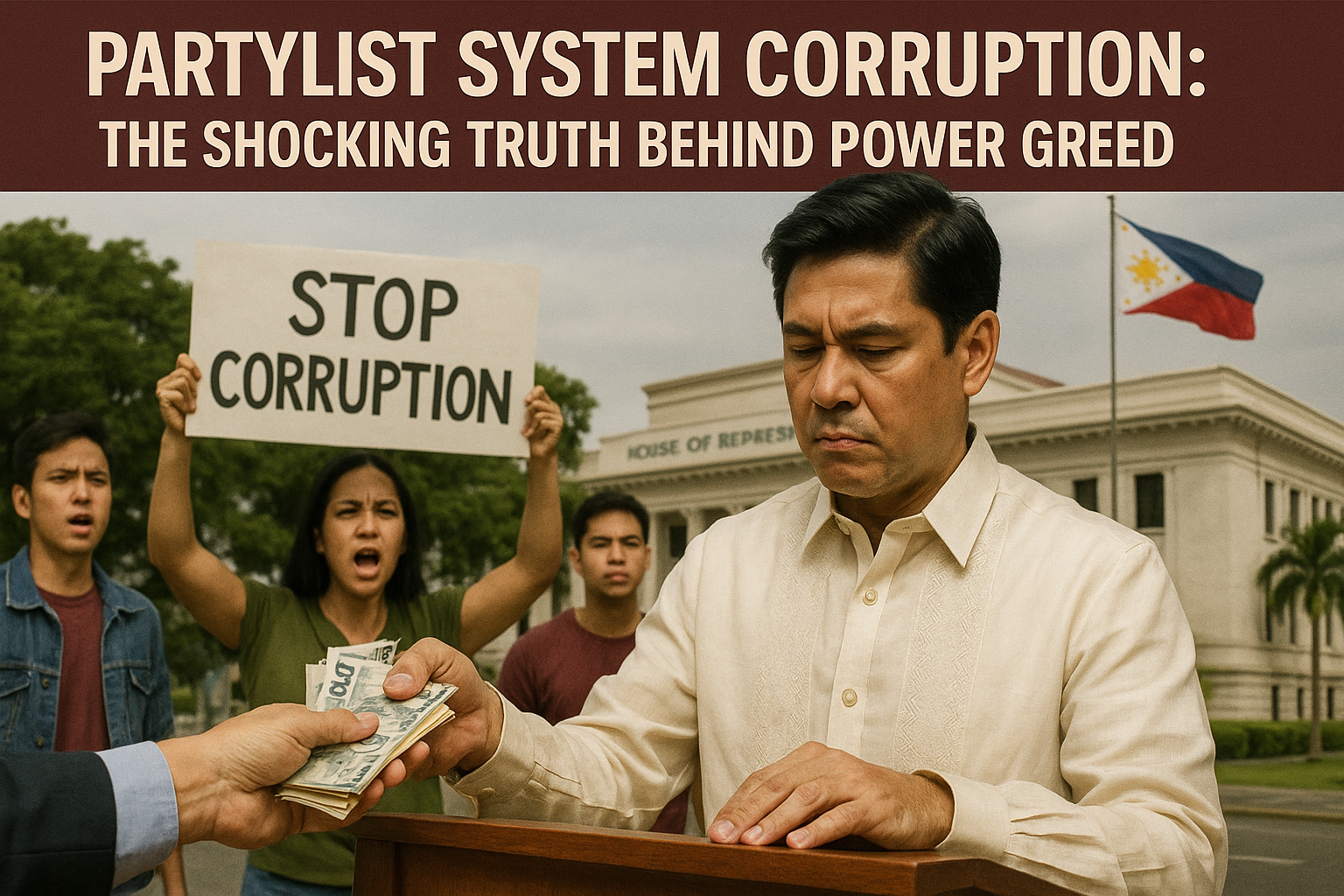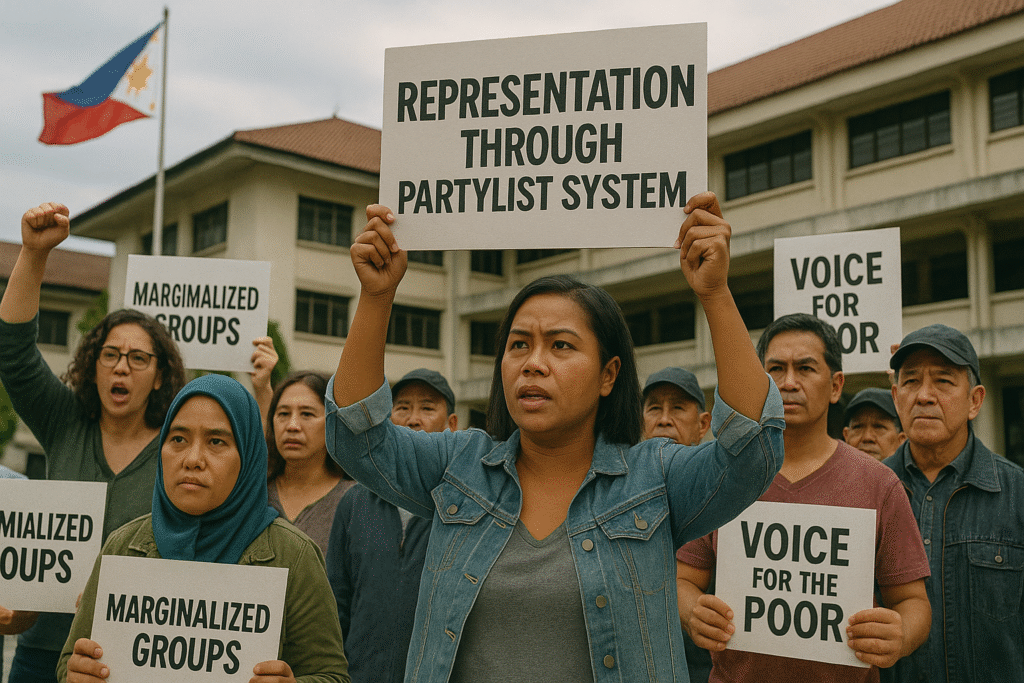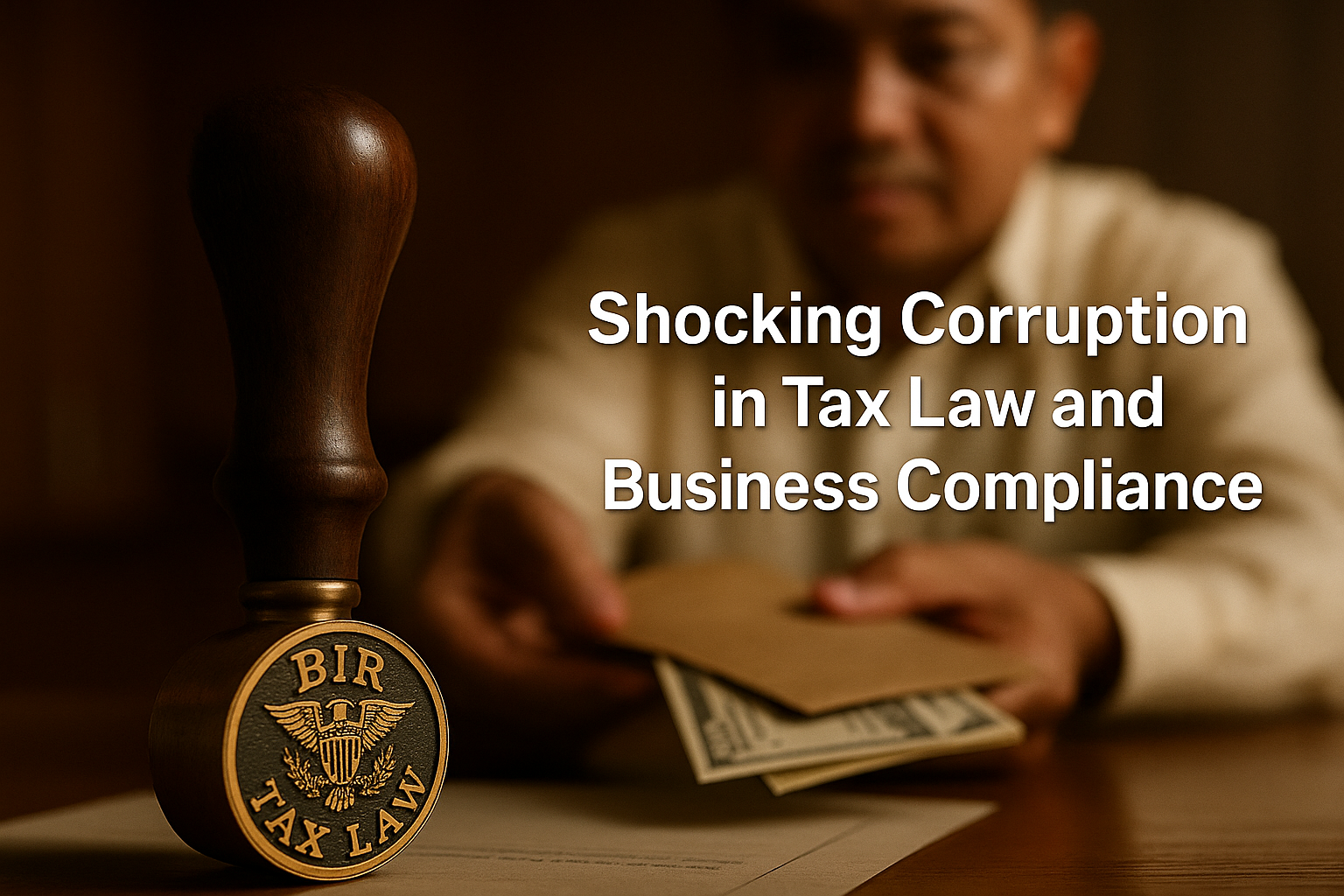
Before the surrender of the person who, by himself and by his parents, appeared to have represented that he was the driver of the SUV that ran over the security guard I was contemplating about how the prosecution could prove the identity of the suspect in the frustrated murder charge the police filed with the prosecutor. It must be noted that the suspect was not caught after he fled the crime scene. Nobody pinpointed to a specific person who was driving that SUV. All that the police had, in so far as the identity of the driver is concerned, was the name of the registered owner of the SUV. His name (the real perpetrator), I believe, was not known to the authorities until his surrender. He gave statement before the media (upon police presentation) essentially admitting that he was the driver of the SUV when it ran over the security guard. Were it not for his surrender, the prosecutor would be facing a real uphill battle to prove his guilt. I was even thinking that his failure to come out in the open after the incident was his defense counsel’s legal strategy. I can only guess the reason why he changed his position and instead openly admitted that he was driving the SUV when it ran over the security guard. They may have sensed that the victim was already willing to settle and there is no use for hiding.
Everybody knows that to be convicted of murder or frustrated murder, the degree of proof must be beyond reasonable doubt. So, what is proof beyond reasonable doubt? It is defined under Section 2 Rule 133 of the Rules of Evidence as “[M]oral certainly only is required, or that degree of proof which produces conviction in an unprejudiced mind.” It is stated under the same rule that “in a criminal case, the accused is entitled to an acquittal, unless his guilt is shown beyond reasonable doubt.
Proof beyond reasonable doubt does not mean such a degree of proof, excluding possibility of error, produces absolute certainly. It is the quantum of proof sufficient to produce a moral certainty that would convince and satisfy the conscience of those who act in judgment, is indispensable to overcome the constitutional presumption of innocence.
In every criminal conviction, the prosecution is required to prove two things beyond reasonable doubt: first, the fact of the commission of the crime charged, or the presence of all the elements of the offense; and second, the fact that the accused was the perpetrator of the crime.[1]
The elements of any offense are embodied in the definition of a crime (as defined by law). The elements of murder are as follows:
(a) that a person was killed;
(b) that the accused killed him;
(c) that the killing was attended by any of the qualifying circumstances mentioned in Article 248; and
(d) that the killing is not parricide or infanticide.
In this case, even the presence of all the elements of frustrated murder may not be easily proved by the prosecution. But the prosecution will definitely be facing so much difficulty in proving the fact that the person they charged was the perpetrator of the crime (or the identity of the perpetrator). The most possible suspect could be the registered owner, and were it not for the admission the registered owner of the SUV would have been the respondent in the case. Nonetheless, there is still doubt as to the identity of the accused when there was no positive identification and it can pave the way for acquittal.
In the case of Franco vs. People of the Philippines, the Supreme Court citing another case[2] stated that positive identification pertains essentially to proof of identity and not per se to that of being an eyewitness to the very act of commission of the crime.
According to the Supreme Court, there are two types of positive identification. A witness may identify a suspect or accused in a criminal case as the perpetrator of the crime as an eyewitness to the very act of the commission of the crime. This type of identification constitutes direct evidence. There may, however, be instances where a witness did not actually see the crime being committed but can still positively identify the suspect. For example, the suspect may have been the person last seen with the victim immediately before and right after the commission of the crime. This second type of positive identification forms part of circumstantial evidence. When taken together with other pieces of evidence that form an unbroken chain, such identification can lead to a fair and reasonable conclusion: that the accused is the author of the crime to the exclusion of all others.

In this case, the most likely suspect who would fall under the second definition of positive identification is the registered owner of the SUV. With the surrender of the real culprit, the identity of the suspect becomes much more established. However, the prosecution may still need some corroborating evidence to solidify the case. It is unclear whether the person who claimed to be driving the SUV at the time of the incident is also the registered owner of the vehicle. But even if he is, that fact alone is not conclusive proof that he was behind the wheel when the crime occurred. If the only basis for identifying the suspect had been the vehicle registration, reasonable doubt could have come into play—and possibly led to an acquittal.
Legal Resources
[1] Franco vs. People of the Philippines, G.R. No. 191185, February 1, 2016

